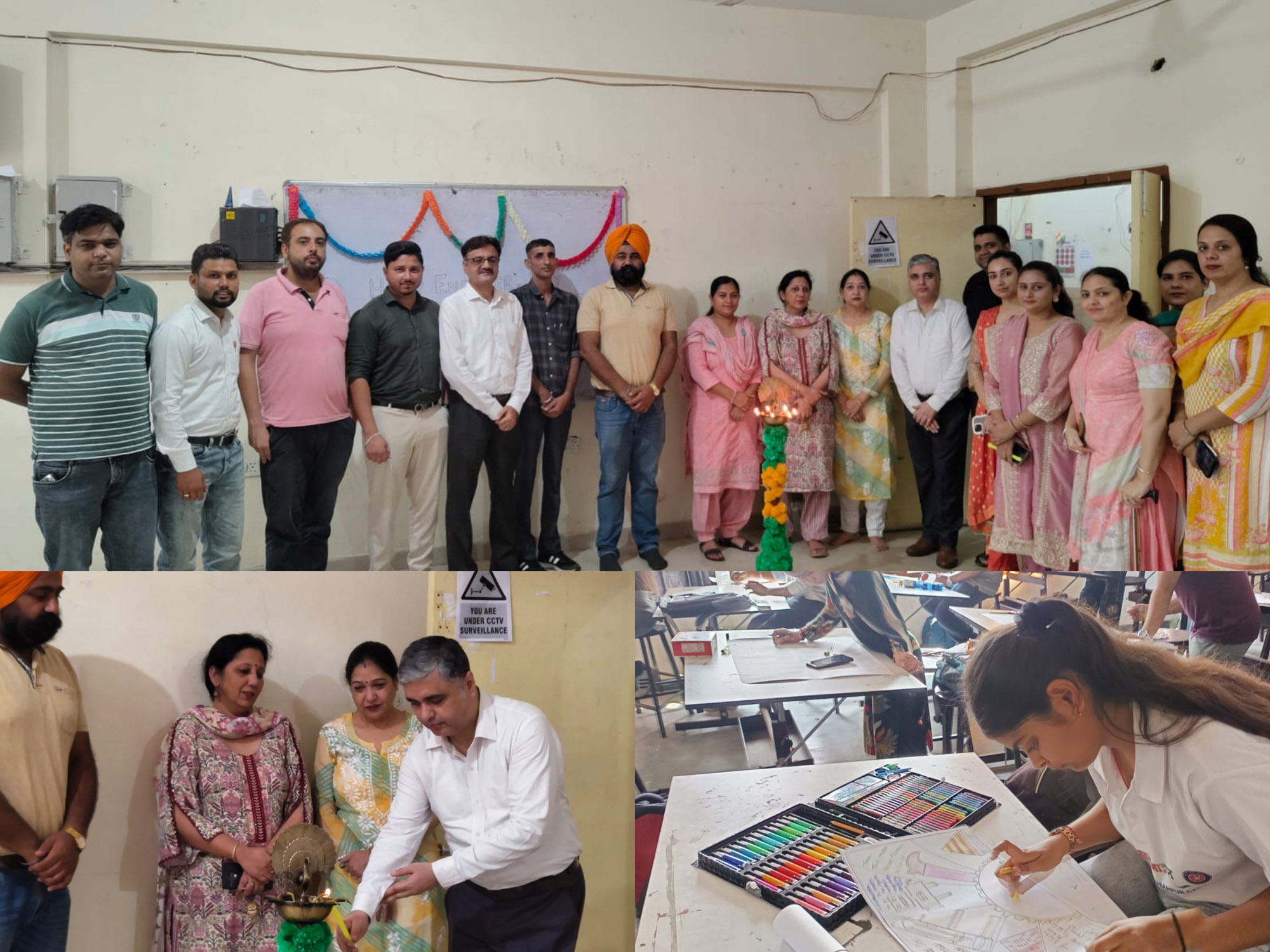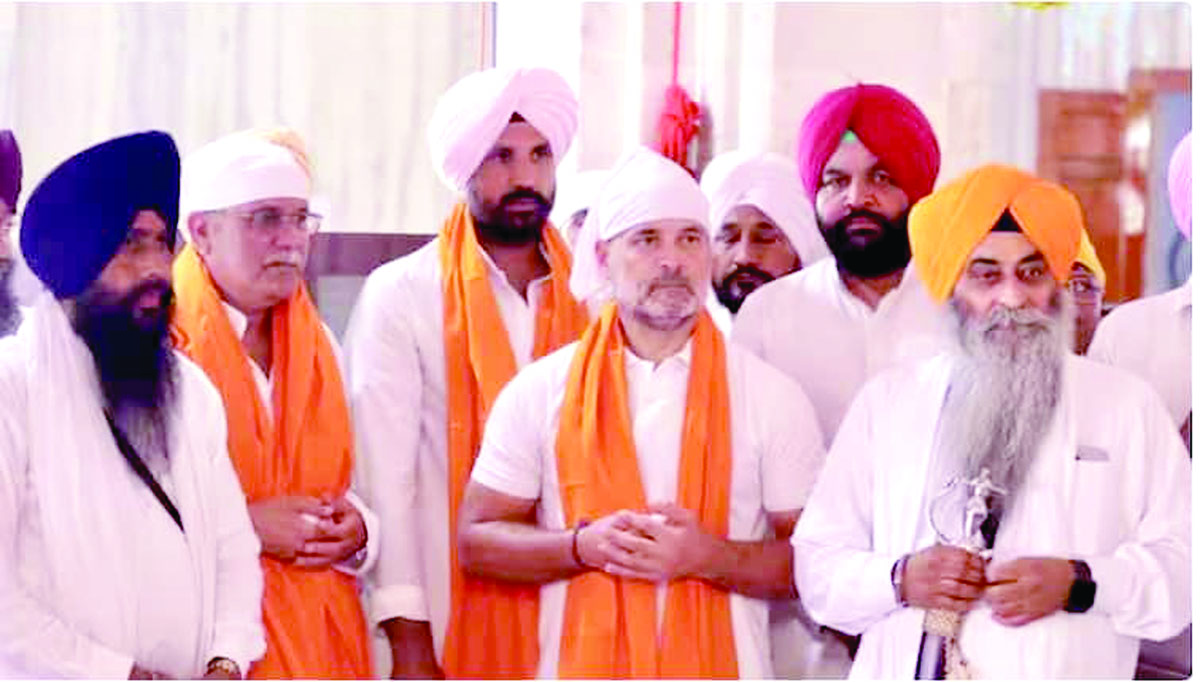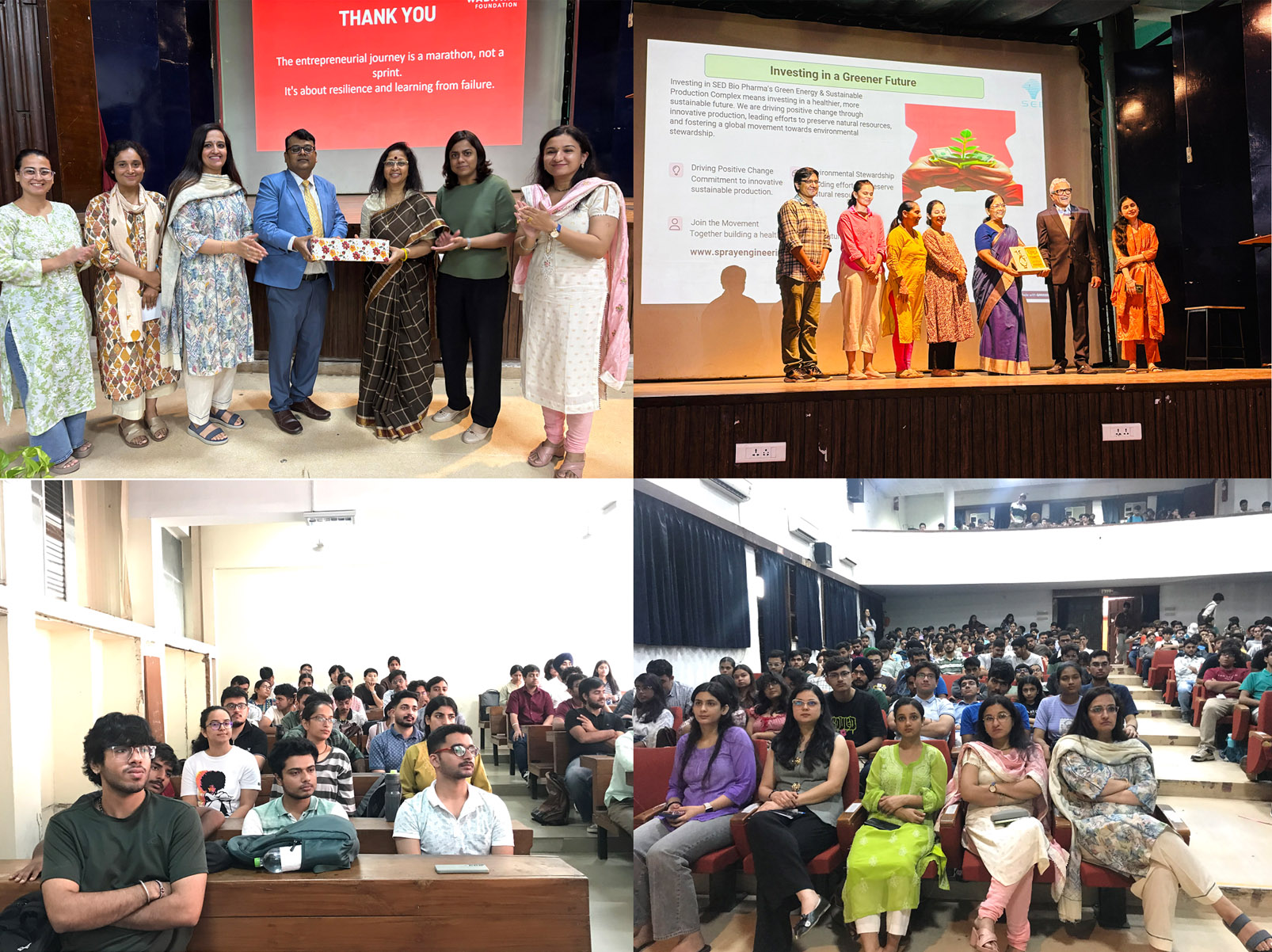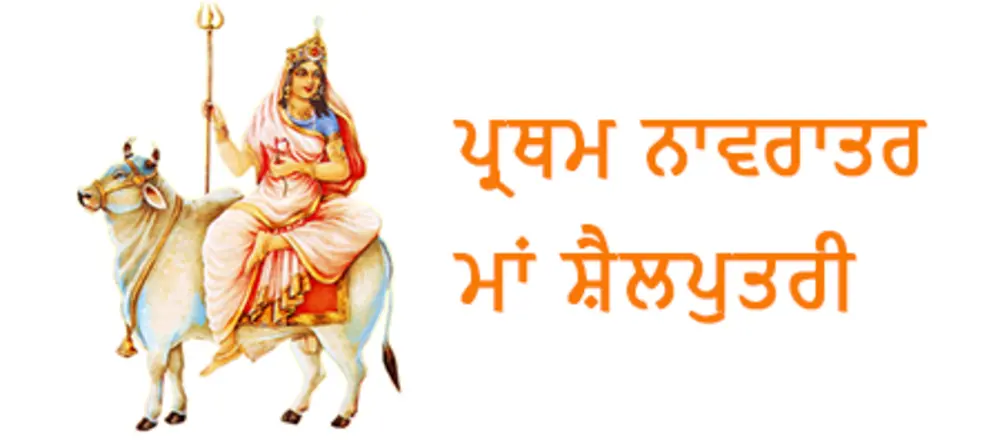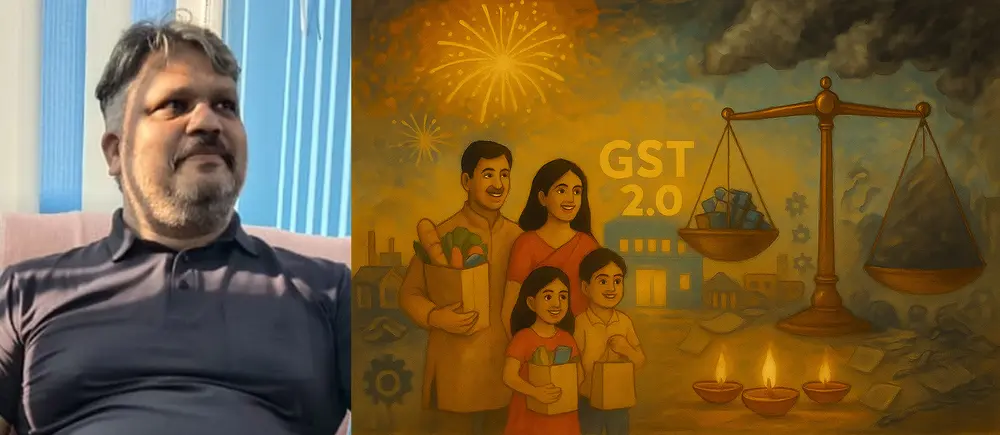
GST 2.0: Relief for the Masses or a Vote-Winning Ploy?
As Diwali lights begin to sparkle, India has unveiled a sweeping overhaul of its Goods and Services Tax (GST) system, effective September 22, 2025. Branded GST 2.0, this reform is the boldest tax shake-up since the system’s debut in 2017. The old, tangled slabs of 5%, 12%, 18%, and 28% have been streamlined into just two—5% and 18%—with a 40% rate for luxury and sin goods. For millions of Indians, this promises cheaper essentials, healthcare, and gadgets. But with a looming ₹48,000 crore revenue shortfall and elections around the corner, is this a genuine reform or a festive-season vote magnet?
As Diwali lights begin to sparkle, India has unveiled a sweeping overhaul of its Goods and Services Tax (GST) system, effective September 22, 2025. Branded GST 2.0, this reform is the boldest tax shake-up since the system’s debut in 2017. The old, tangled slabs of 5%, 12%, 18%, and 28% have been streamlined into just two—5% and 18%—with a 40% rate for luxury and sin goods. For millions of Indians, this promises cheaper essentials, healthcare, and gadgets. But with a looming ₹48,000 crore revenue shortfall and elections around the corner, is this a genuine reform or a festive-season vote magnet?
The heart of GST 2.0 is its simplified tax structure. Packaged foods, farm supplies, kitchenware, stationery, and medical devices now fall under 5% or are tax-exempt. Life-saving drugs, cancer treatments, and health insurance premiums face zero or minimal tax, offering a lifeline to families burdened by medical costs. Consumer durables like two-wheelers, small cars, TVs, and ACs, once hit with a hefty 28% tax, now sit at 18%—perfect timing for festive splurges. Cement and construction materials also drop to 18%, which could make housing more affordable. On the flip side, apparel above ₹2,500 and industrial inputs like coal face higher rates, potentially hiking costs in those sectors.
For the average Indian, the benefits are immediate. Cheaper soaps, detergents, and groceries ease the strain on middle-class wallets battered by inflation. Healthcare exemptions are a godsend for those managing chronic illnesses. Experts estimate the reform could cut inflation by over a percentage point—a big deal in today’s economy. The festive season, too, is set to sizzle, with lower prices likely to drive sales of bikes, cars, and electronics.
But businesses aren’t popping firecrackers yet. Small and medium enterprises face new hurdles, from multi-factor authentication for GST portal access to mandatory Input Service Distributor registration. Insurance firms are grumbling about limited input tax credits, while manufacturers and retailers grapple with costs of updating packaging and MRPs. These compliance burdens could erode some of the reform’s gains, especially for smaller players.
The bigger worry is the fiscal tightrope. A ₹48,000 crore revenue shortfall is a gamble. The government hopes rising consumption will fill the gap, but that’s a big “if.” A global economic slowdown or weaker exports could deepen the deficit. Sectors like apparel and coal might pass on higher taxes to consumers, watering down the promised relief. Industries reliant on costlier raw materials could also see profit margins shrink.
Then there’s the political lens. Announced after Independence Day and rolled out just before Diwali, the timing feels like a gift-wrapped sop to voters. The focus on essentials and healthcare speaks directly to the common man’s struggles, making it a potent electoral tool. Critics call it a calculated move, timed for maximum impact. Supporters, however, argue that GST simplification has been long overdue and aligns with global norms. The truth likely lies in the middle: a reform with real merits, dressed up for political mileage.
GST 2.0 is both a lifeline and a chess move. It makes daily necessities and healthcare more affordable, potentially taming inflation and boosting festive cheer. But the revenue shortfall and business challenges cast a shadow. Its success depends on whether the government can balance its books and businesses can adapt without passing costs to consumers. As families gear up for Diwali shopping, keep an eye on this reform—it’s not just about taxes but about trust and trade-offs. Will it light up the economy or fizzle out as an election stunt? Time will tell.


